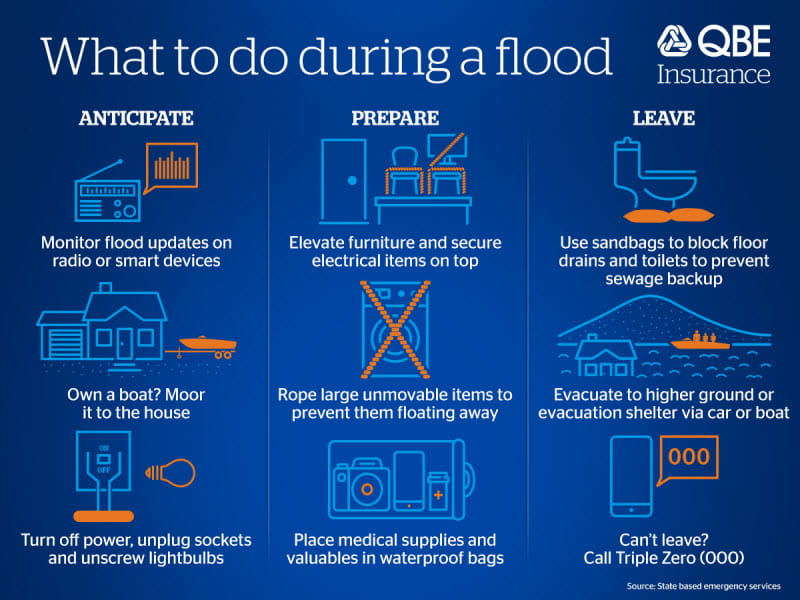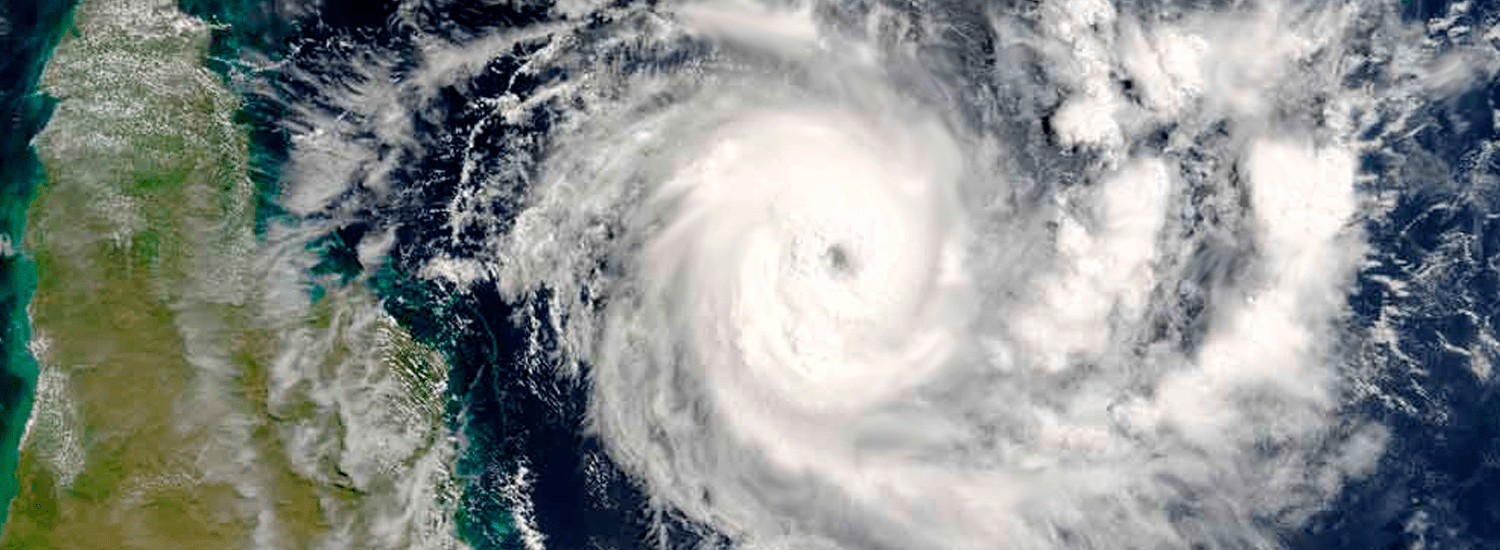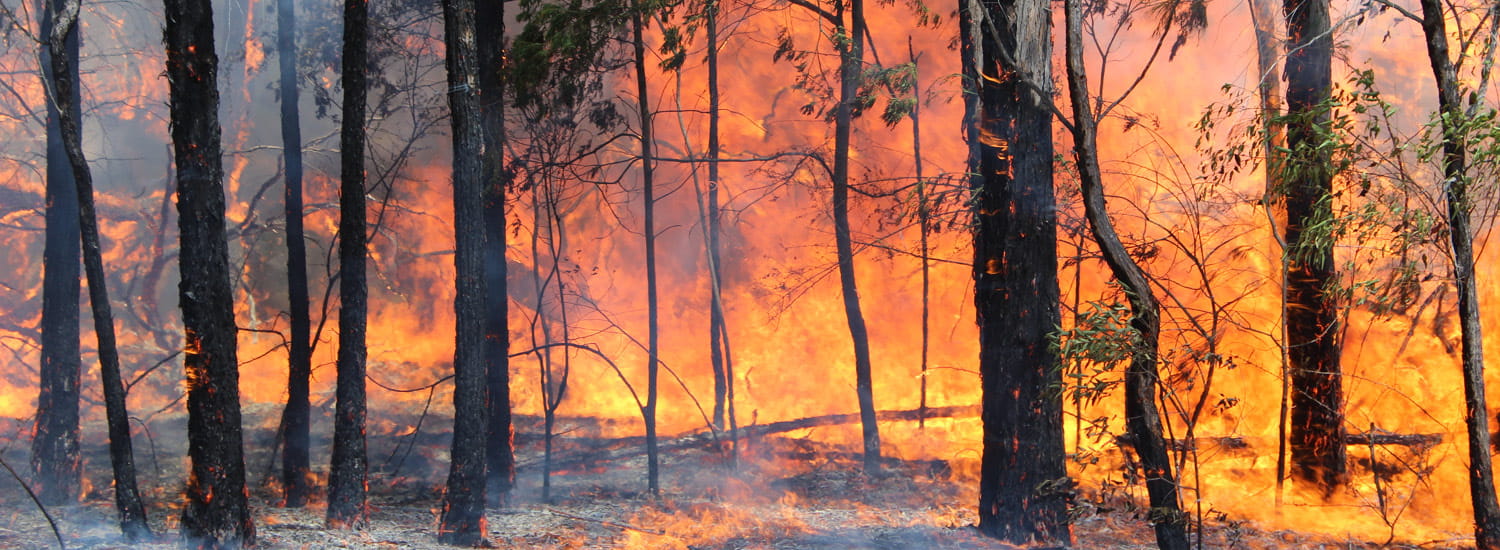What to do during a flood
This article is intended as a general guide only. You should consult your state fire and emergency services for further information.
Conditions can change rapidly during a flood so it’s vital you know what to do to stay safe. Our checklist of flood emergency procedures can help minimise property damage and keep your family out of harm’s way.
Flood warnings
Flood alerts are issued by the Bureau of Meteorology, based on water levels recorded by monitored flood gauges. Real time data from these gauges is used to predict timings around the height the water will reach, according to state emergency services. Alerts are escalated to a flood evacuation warning when your area and its access routes are under threat of inundation. An evacuation order is issued by the SES only when required.
Precautions during a flood
Make sure you have flood emergency procedures and a flood disaster plan in place. State emergency services recommend:
- clearing drains of debris and leaves
- securing heavy items, both indoors and outside, that could cause damage if they become buoyant
- have an emergency plan and a flood emergency kit ready to go*
- moving as much of your furniture and possessions as possible to a higher level
- storing valuables and important documents in waterproof containers
- if you have a boat, moor it so you can access it easily
- don’t forget to check on your neighbours and have a plan for your pets.
*Read our What to do before a flood article for more information.
How to be safe in a flood
If flood waters are likely to rise to dangerous levels or conditions point to the risk of a flash flood, you may need to evacuate your home. Evacuation orders can be issued in person, by a member of the SES, police door knocking, via radio, by automated phone or SMS message.
- leaving for higher ground is the best option, but only if it is safe to do so
- if you’re cut off by rising water take refuge in the highest part of a sturdy building if possible
- call 000 if you need to be rescued. Speak slowly and clearly, explaining your precise location. Requests are prioritised by urgency.
Before you leave home
- turn off electricity, gas and water at the mains
- leave the doors open
- do a head count, including pets
- follow instructions issued by emergency services
- monitor official updates for advice.
What not to do during a flood emergency
Personal safety is your top priority. Don’t linger in an effort to protect your property or find documents or belongings.
If you are evacuating, “never drive through flooded roadways or crossings”, says Arron Mann, QBE General Manager, Short Tail Claims. “And always heed advice from state and local authorities, police and the SES.”
Claiming with QBE
If you have been affected by a flood, contact QBE to make a claim. Keep up to date with our weather and policy alerts.










